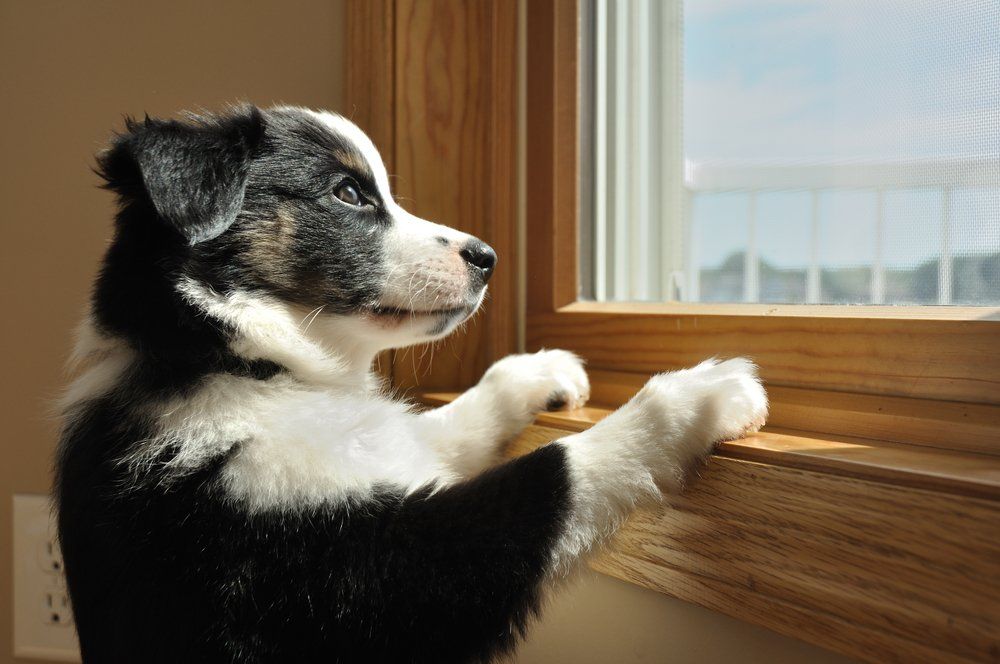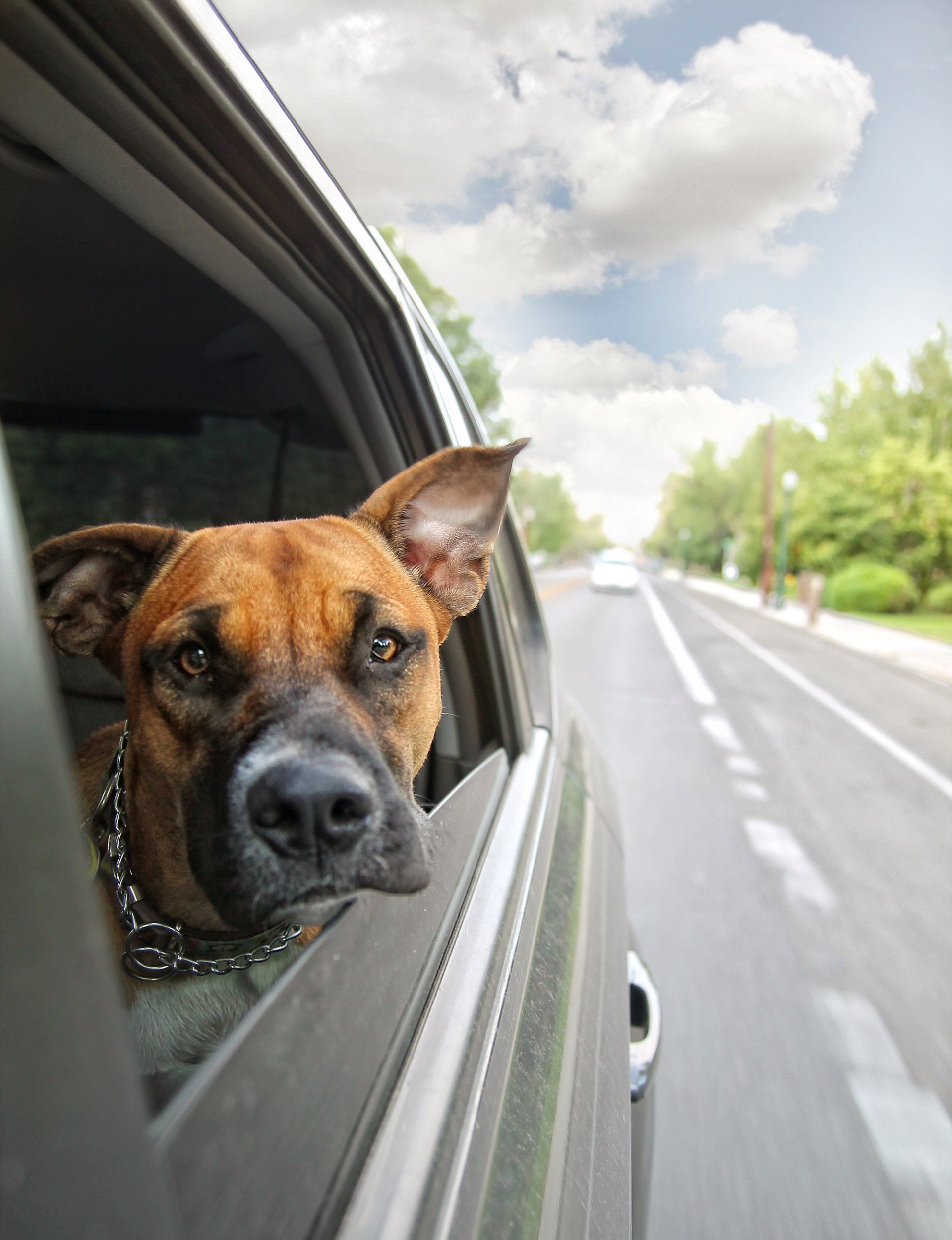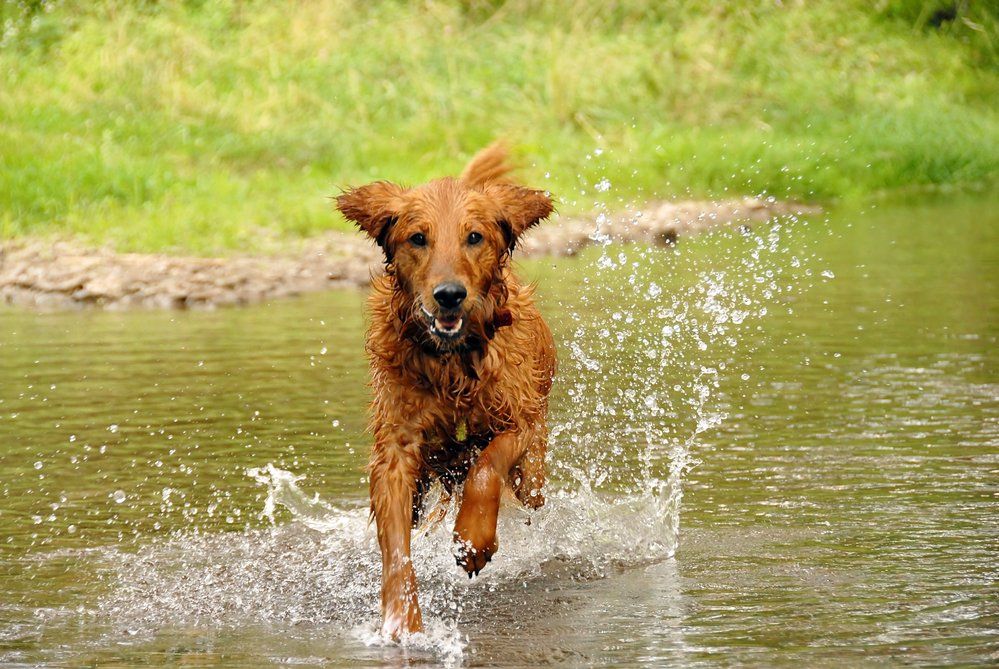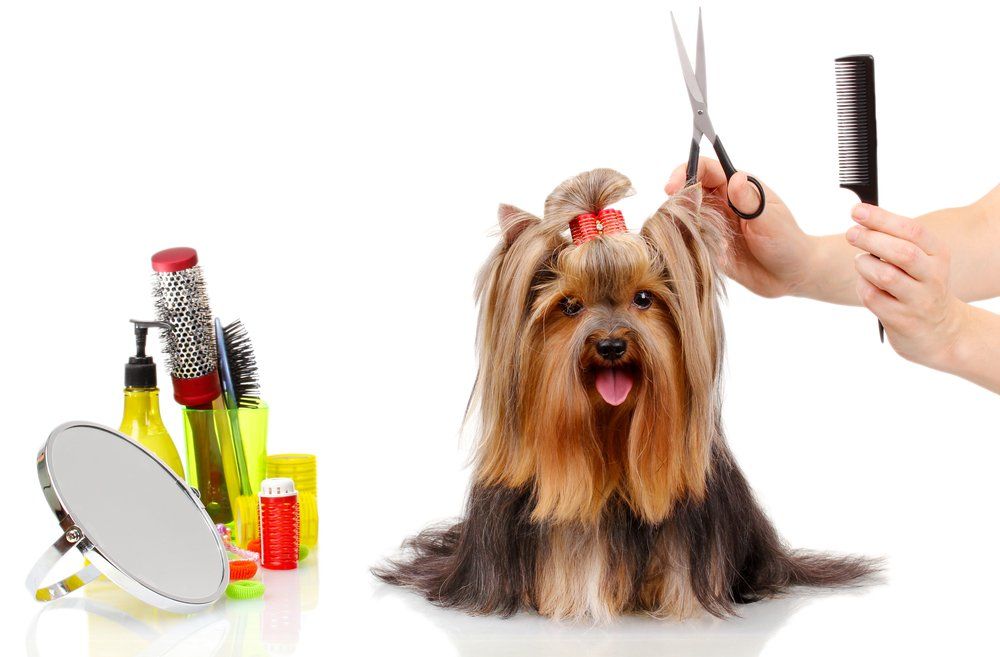





At the end of the day, dog training is about making sure your dog is obedient. This includes teaching them basic commands such as sit, heel, stay, come, and more. The two basic ways to approach dog training are negative reinforcement and positive reinforcement. Negative reinforcement involves using techniques such as electric shocks and choke collars, while positive reinforcement uses rewards and clickers. Which would you say is the most effective? The answer is positive reinforcement, and this is why…
Training your dog using negative reinforcement makes them afraid. They become afraid of those around them, particularly you. It causes them to act aggressively in unpredictable ways. You end up with a dog that never stops barking and damages your property.
While it is true that negative reinforcement may work at first, the results are unpredictable at best. You want to have dog training behaviors that you can predict and repeat.
Training dogs through positive reinforcement creates a bond with the dog that lasts for a lifetime. A simple clicker is the most efficient way of doing this.
Dog Obedience Training with a clicker uses the clicker tool. This tool lets the dog know that they have done something positive instantly. It produces a sound that tells them they’ve done something correctly.
Combining the sound of a clicker with positive reinforcement such as treats and praise is an effective method for training your dog to behave in a certain way, such as sitting, staying, fetching, speaking, rolling over, playing dead, laying down, attacking, and any other trick or behavior you could want them to do. Here are some tips to help you get the most out of clicker training your dog.
Schedule the Training Sessions
Making the training session part of everyday life makes it easier for the dog to understand what’s coming. They start to anticipate training sessions. Scheduling a training session to happen before meal time motivates them to learn what you are trying to teach them as well.
Less is More with Obedience Training
The only time your dog has an unlimited attention span is when it is chasing something like a ball or a cat. Even then, they can lose their focus on a fun activity. Training sessions should be limited to around five minutes to keep your dog engaged and focused. If you make the sessions last too long, then your dog may become disinterested in training completely.
Avoid Punishing Dogs When They Make Mistakes
As contrarian as it sounds, punishing your dog through yelling, hitting them, and putting them in a crate for timeout tends to do more damage. It stresses out your dog, making them fearful and destructive. Instead you should stamp out bad behavior by rewarding their good behavior. They may need some time to get the message, but giving them rewards is worth it, and it makes the training stick. There’s no need for constant retraining.
Practice With the Clicker Before Using it for Dog Training
The clicker is easy enough to understand; it makes clicking sounds when you pinch it. However, using it can be somewhat difficult. You must only use it when your dog has behaved properly for it to be effective.
Clicking after the dog does something good means they may not connect the dots. It’s better to use the clicker while they are doing what you want them to do. Practice with the clicker to use it accurately.
Plan Obedience Training
Before training behavior, you need to think about just what you want the dog to do. Consider these questions when teaching your dog to sit, for example:
• What will be the cue for the command? Are you going to give them verbal cues, physical cues, or use both?
• How long should they be sat for?
• Would you like the dog to sit where they are when you say the command or come to you and sit down?
Considering these points is important because you have to click and reward towards the ideal behavior you want. If you would prefer your dog sits on command until released, then it takes two commands. The first is teaching them the concept of sitting. Click and reward them each time they sit. Then you can progress to adding a cue – the release command – and then keep on going until you get your desired outcome.
There are several reasons training your dog is so important. For a start it ensures your dog stays safe. It also ensures they don’t do anything unwanted such as tugging on their leash, begging for your food, and jumping up on people. It also prevents destructive behavior and gives your dog some structure and expectations. This makes them feel more secure and at ease.
Training your dog gives you plenty of quality time with your dog and reinforces a positive relationship between you and your dog. It doesn’t matter if your dog is young or old, big or small, calm or hyper, dog obedience training brings you and your dog closer to lifelong happiness.






